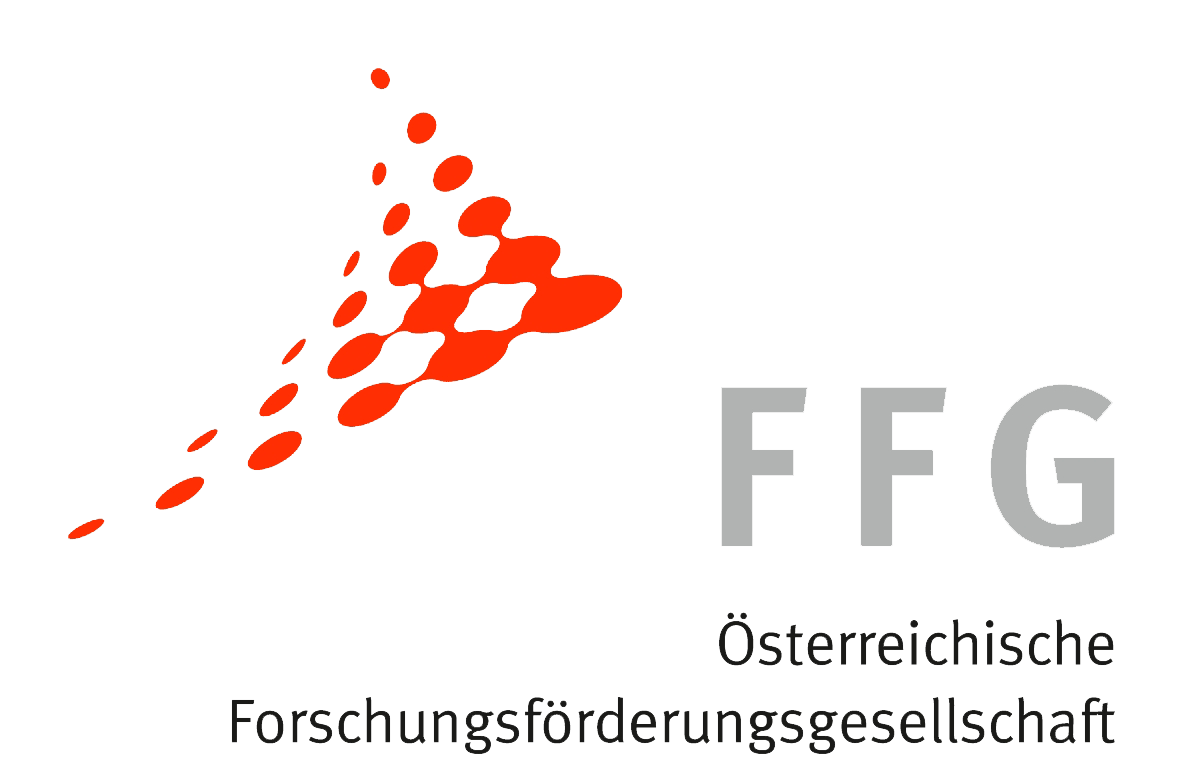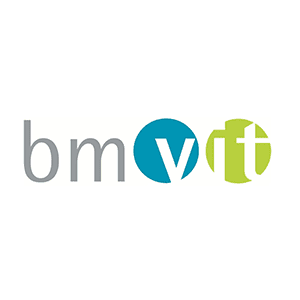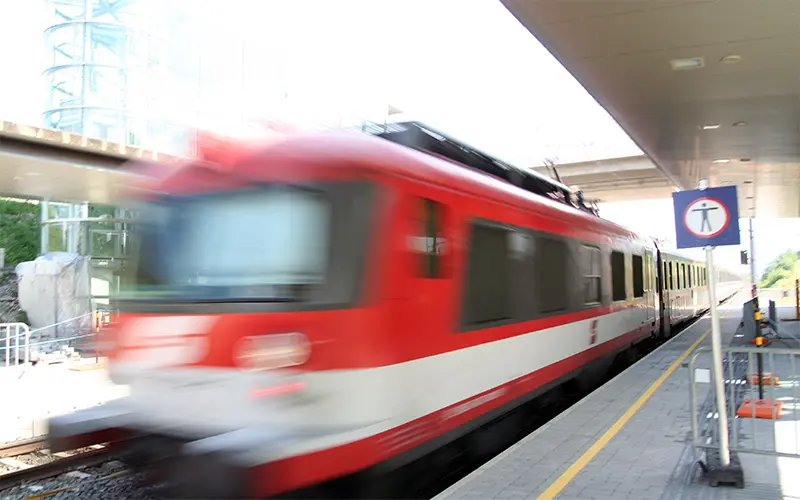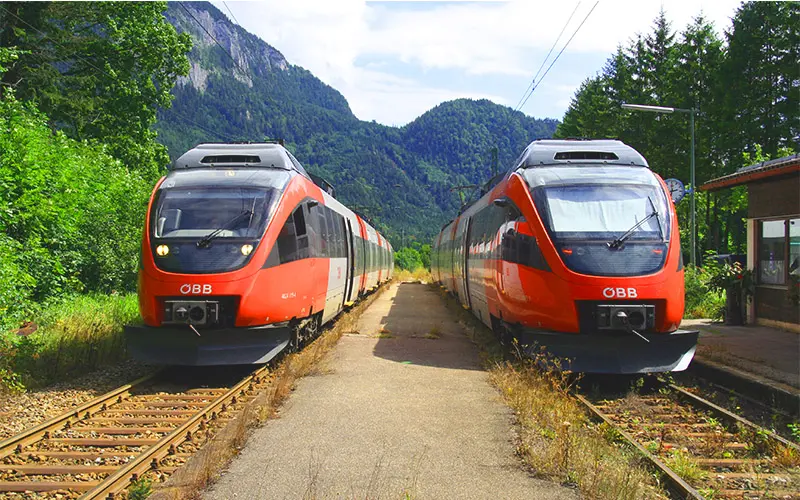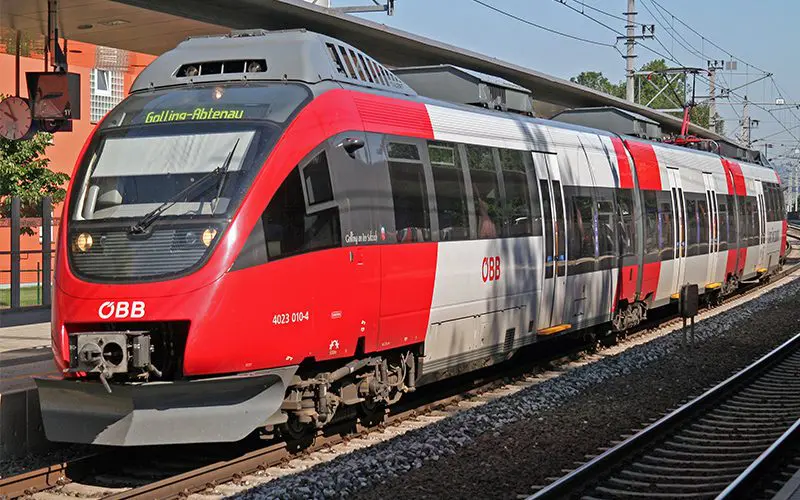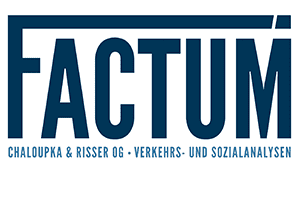Application details
Mobility demand space types
From 2014 to 2015
Many Austrians are restricted and impaired in their mobility. Social changes and economic developments are intensifying this problem: For more and more people, public transport is the mobility guarantee that enables them to participate in social and economic life. However, there is a lack of appropriate planning bases and instruments that support and supplement the goal of equal mobility through a demand-oriented public transport offer evaluation and planning of measures.
Essential bases for the future planning and design of public transport in Austria were developed in the project “Nationwide Public Transport Standards for Austria”. This joint initiative of the BMVIT and the federal provinces is intended to contribute to a reorganisation of the regional transport system in Austria. The desirable and affordable minimum public transport standards developed in this project currently refer to settlement cores with different numbers of inhabitants and to the service quality (number of departures) of the most important stop in the settlement core. In its report to the Conference of Regional Planning & Transport Ministers of the Federal States (HIESS, 2014), the ÖREK partnership “Plattform Raumordnung & Verkehr” points out that it is necessary to supplement these supply-oriented minimum standards with demand-oriented standards and to strive for a concrete coordination of settlement development with public transport development for all stops.
The MobilityEqualizer project, which is funded by the BMVIT/ FFG under the Mobility of the Future programme, aims to contribute to achieving equal opportunities in the mobility sector by developing innovative planning tools. The tools developed are to enable demand-oriented monitoring of supply and demand in public transport and thus form the basis for demand-oriented planning of measures. Particularly for regions in which minimum standards in public transport do not have any effect, demand indicators in combination with the existing quality of service provide a differentiated picture of mobility demand and needs and of possible measures (e.g. for people with care obligations / higher care needs in shrinking regions; trainees in commuting regions). This is of particular interest for a concrete design of the offer adapted to the needs of the users (e.g. specific to the time of day, specific to the target according to demand groups) and provides a significant added value in the planning of offers, both for public transport and for alternative forms of supply.
Innovation:
- Mobility demand indicators: Demand profile for settlement cores
- Automated analysis of the quality of public transport services
- Web planning tool for transport and spatial planning and political consulting


